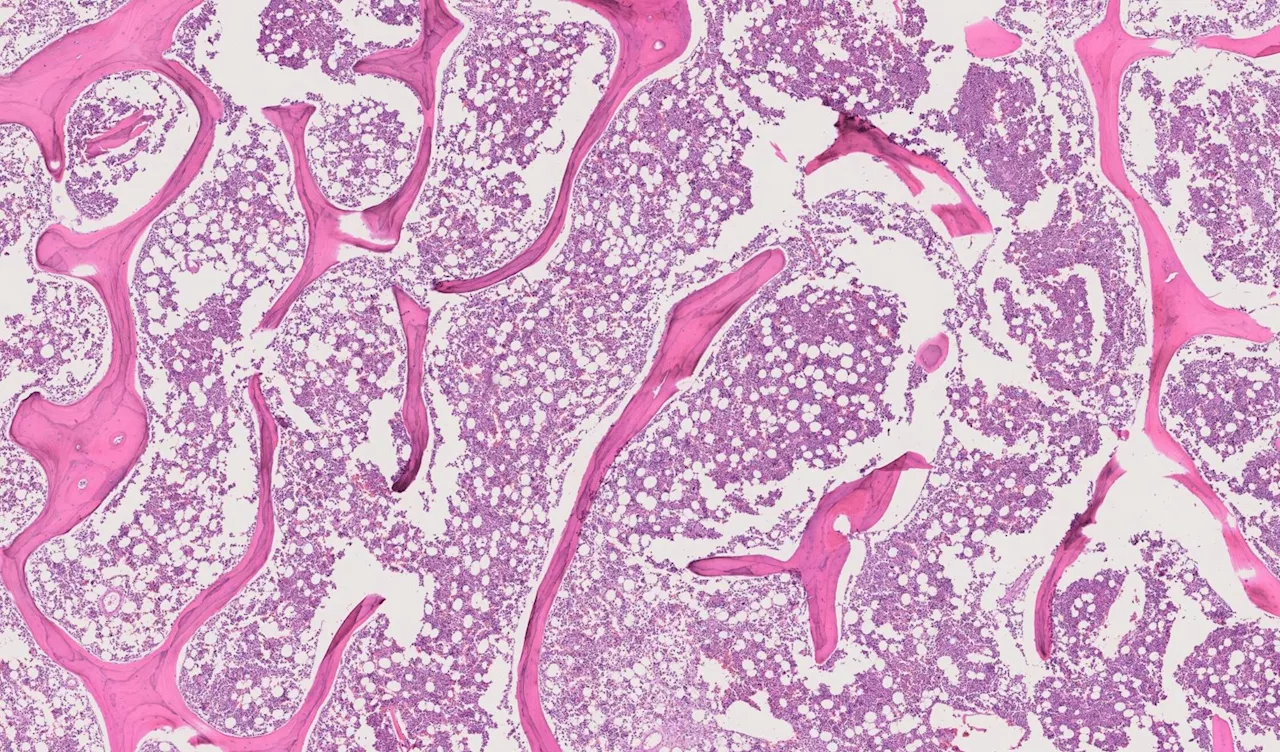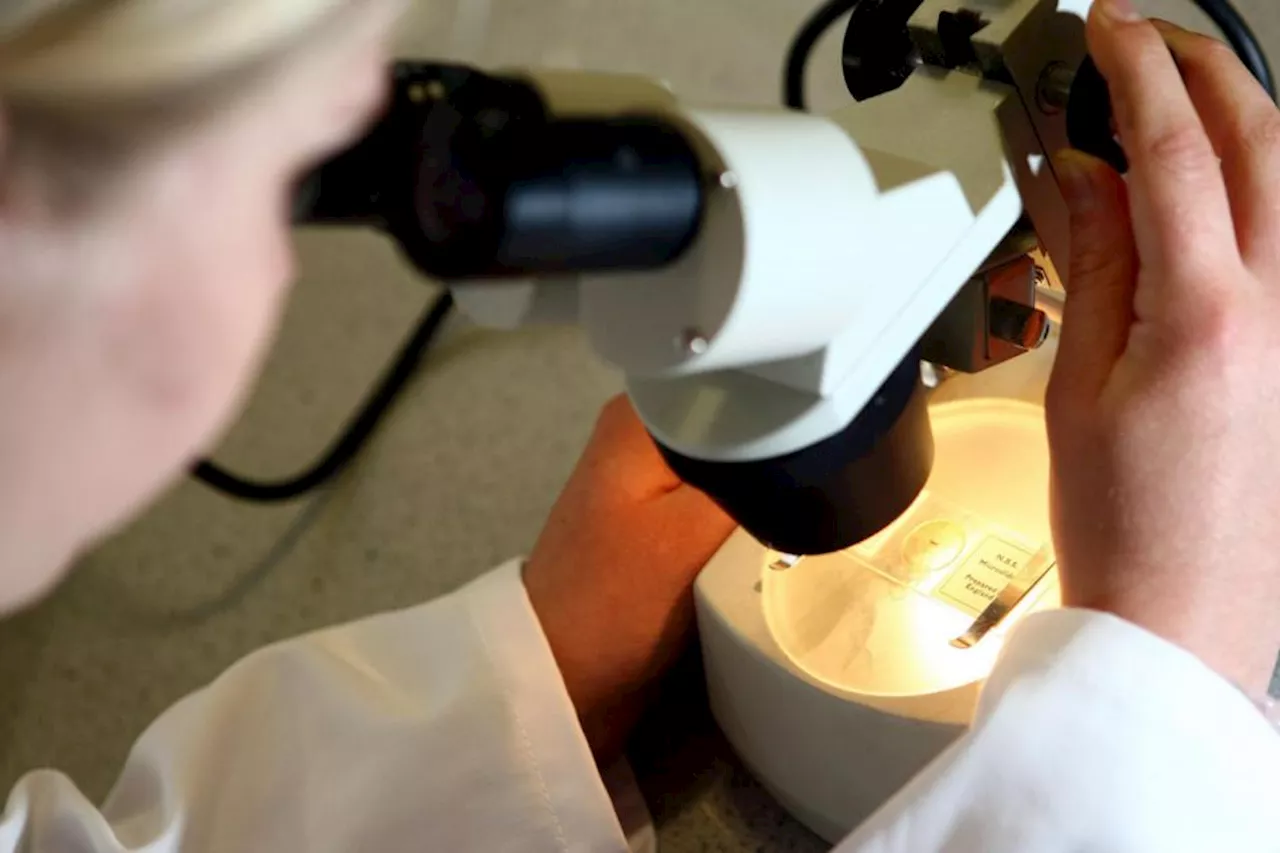Researchers said these epidemics could be more frequent in the future due to climate change and deforestation.
Certain diseases transmitted from animals to humans could kill 12 times as many people in 2050 than they did in 2020, researchers have claimed.
Epidemics caused by zoonotic diseases – also known as spillovers – could be more frequent in the future due to climate change and deforestation, they warned.These were filoviruses, which include Ebola virus and Marburg virus, SARS Coronavirus 1, Nipah virus, and machupo virus, which causes Bolivian haemorrhagic fever.
It looked at more than 3,150 outbreaks between 1963 and 2019, identifying 75 spillover events in 24 countries. “If these annual rates of increase continue, we would expect the analysed pathogens to cause four times the number of spillover events and 12 times the number of deaths in 2050 than in 2020,” they added.
Österreich Neuesten Nachrichten, Österreich Schlagzeilen
Similar News:Sie können auch ähnliche Nachrichten wie diese lesen, die wir aus anderen Nachrichtenquellen gesammelt haben.
 These 4 Viruses Could Collectively Make 2050 Much More Deadly Than 2020Kate is a Senior Trends Reporter at HuffPost UK, covering the day's most compelling stories. She has worked in the national news since she became a qualified journalist and was previously a reporter with Express.co.uk
These 4 Viruses Could Collectively Make 2050 Much More Deadly Than 2020Kate is a Senior Trends Reporter at HuffPost UK, covering the day's most compelling stories. She has worked in the national news since she became a qualified journalist and was previously a reporter with Express.co.uk
Weiterlesen »
 Researchers reveal mechanisms of alarmin release at an early stage of immune reactionMany common diseases such as arteriosclerosis and diabetes or neurodegenerative diseases such as Alzheimer's are associated with inflammatory processes. A better understanding of these processes is therefore an important building block for the development of new therapeutic options.
Researchers reveal mechanisms of alarmin release at an early stage of immune reactionMany common diseases such as arteriosclerosis and diabetes or neurodegenerative diseases such as Alzheimer's are associated with inflammatory processes. A better understanding of these processes is therefore an important building block for the development of new therapeutic options.
Weiterlesen »
 Researchers uncover new targets for breast cancers resistant to standard therapiesResearchers at MUSC Hollings Cancer Center believe that some drugs already approved by the FDA or currently in clinical trials could be repurposed for certain breast cancer patients whose cancer has become resistant to standard therapies.
Researchers uncover new targets for breast cancers resistant to standard therapiesResearchers at MUSC Hollings Cancer Center believe that some drugs already approved by the FDA or currently in clinical trials could be repurposed for certain breast cancer patients whose cancer has become resistant to standard therapies.
Weiterlesen »
 Researchers find languages can acquire new color concepts after exposure to other languagesThe human eye can perceive about 1 million colors, but languages have far fewer words to describe those colors. So-called basic color terms, single color words used frequently by speakers of a given language, are often employed to gauge how languages differ in their handling of color.
Researchers find languages can acquire new color concepts after exposure to other languagesThe human eye can perceive about 1 million colors, but languages have far fewer words to describe those colors. So-called basic color terms, single color words used frequently by speakers of a given language, are often employed to gauge how languages differ in their handling of color.
Weiterlesen »
 Researchers create machine learning model to calculate chemotherapy success in patients with osteosarcomaA research team at Johns Hopkins Medicine has created and trained a machine learning model to calculate percent necrosis (PN)—or, what percentage of a tumor is 'dead' and no longer active—in patients with osteosarcoma, a type of bone cancer. The model's calculation was 85% correct when compared to the results of a musculoskeletal pathologist.
Researchers create machine learning model to calculate chemotherapy success in patients with osteosarcomaA research team at Johns Hopkins Medicine has created and trained a machine learning model to calculate percent necrosis (PN)—or, what percentage of a tumor is 'dead' and no longer active—in patients with osteosarcoma, a type of bone cancer. The model's calculation was 85% correct when compared to the results of a musculoskeletal pathologist.
Weiterlesen »
 Researchers detail mechanism of a key protein implicated in age-related brain dysfunctionMount Sinai researchers have shed valuable light on the mechanism of a key protein that regulates the plasticity and function of the hippocampus, a key brain region involved in memory and learning, and that decreases with age in mice.
Researchers detail mechanism of a key protein implicated in age-related brain dysfunctionMount Sinai researchers have shed valuable light on the mechanism of a key protein that regulates the plasticity and function of the hippocampus, a key brain region involved in memory and learning, and that decreases with age in mice.
Weiterlesen »
